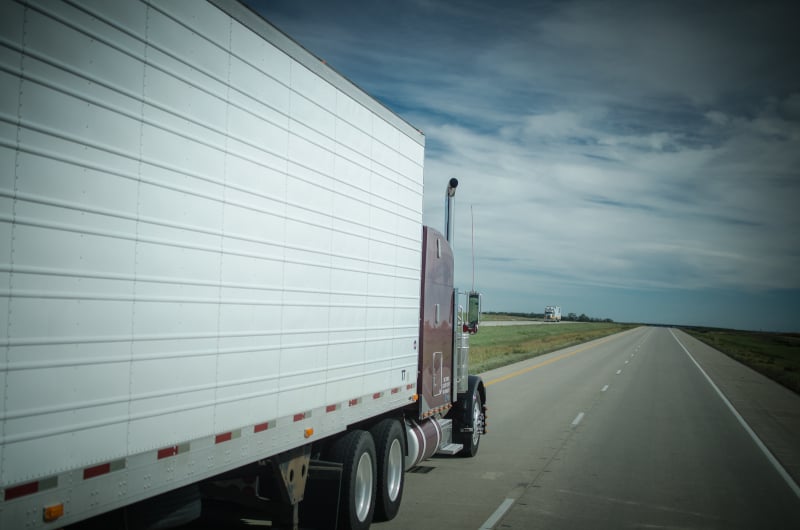
The hunt for available capacity is the ongoing refrain since the pandemic shifted consumer buying habits. According to a recent McKinsey survey of CPG companies, 80% of those companies have no expectation that pandemic-fueled transportation costs will decline anytime soon.
A May report from BSI, a London-based standards and supply chain intelligence firm, suggested that while immediate effects of the pandemic are easing worldwide, the long tail of the pandemic is ongoing and may include increased regulation of supply chains and food fraud.
“COVID-19 will certainly have latent effects on organizational resilience throughout 2021, directly and indirectly shifting the way organizations do business,” said Jim Yarbrough, global intelligence program manager at BSI.
The industry is bound to respond to this volatility and tight capacity in various ways. While some retailers may diversify transportation partners to avoid delays and secure capacity, others — like the nation’s leading discount retailer Dollar General — are relying more on in-house trucking fleets. Why? Private trucking requires on-time deliveries and provides a high level of customer service. Also, shippers with private fleets can feel more in control over their available capacity.
Over the past few years, Dollar General has moved more of its freight via private fleet, but its imminent growth of the DG Fresh program will require a larger shift in distribution of refrigerated goods to the company’s private fleet.
Understanding the pain points for private fleets
Running a fleet isn’t easy, and it’s definitely not cheap considering the exorbitant cost of transportation and warehousing. Companies leaning toward this shift need to consider the risk, as well as how to optimize their warehouses, trailers and containers.
Shippers with private fleets must grasp the complex and growing regulatory requirements like the federal mandate to use electronic logging devices. Also in July 2020, the Food and Drug Administration announced the New Era of Smarter Food Safety Blueprint, adding goals for food suppliers and manufacturers to improve their tech-enabled traceability, response times to outbreaks and reduction in food contamination.
To prevent waste and remove the risk of potential liability, shippers can invest in advanced temperature monitoring systems that instantly detect temperature deviations and alert the fleet manager. For example, PowerFleet’s LV-400 system integrates with all major reefer brands and gives carriers remote control over the reefer units without having to involve the driver.
But managing and optimizing assets goes beyond over-the-road trucks. Private fleets, especially those with food and grocery, must consider the capital expenses of not only tractors, reefers and dry van trailers but also containers and material handling equipment in warehouses. The SONAR chart below shows the record spike in inventory costs across the industry.
Integrating a telematics solution like PowerFleet’s is a win-win for improving bumper-to-bumper-to-forklift safety compliance and asset utilization, ultimately reducing efficiencies and costs. Because of the food industry’s tight margins, any technology adoption must show true value and return on investment.
More timely, private fleets with 3G telematics devices face a forced phaseout with telecom providers in 2021 and 2022. Basically, in order for these providers to create bandwidth for 5G networks, they must transition their 3G networks to 4G. But for trucking fleets, a systematic switch-out of devices can present a huge operational disruption, so many fleets naturally procrastinate.
PowerFleet just released a white paper outlining for fleets the potential costs of delaying the 3G-to-4G transition. PowerFleet is placing itself at the center of transition by offering a zero-down-payment option for a migration plan. To learn more about PowerFleet’s telemetry solutions and how they can help private fleets gain efficiency, as well as navigate regulatory transitions and ongoing volatility, click here.
You may also like:
Fleets delaying 3G-to-4G transition may face disruptions before sunset deadlines
Temperature tracking ‘a no-brainer’ to combat food spoilage and claims











